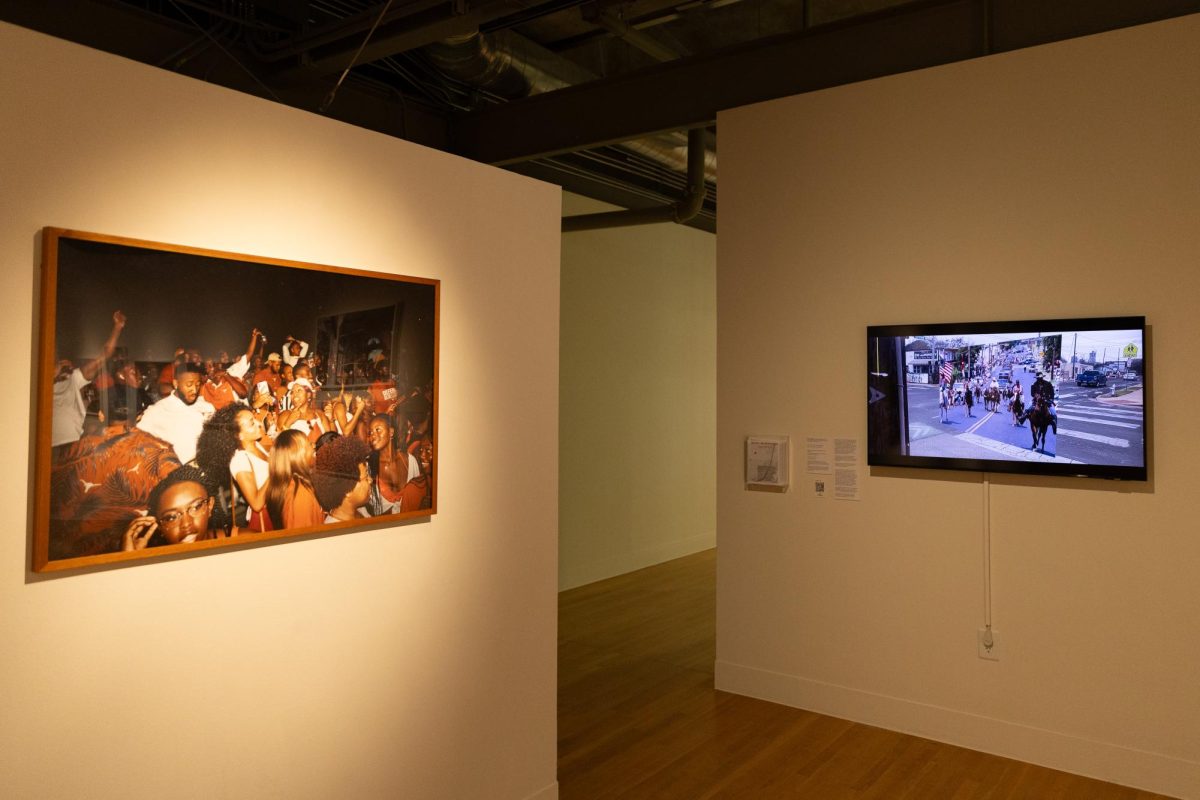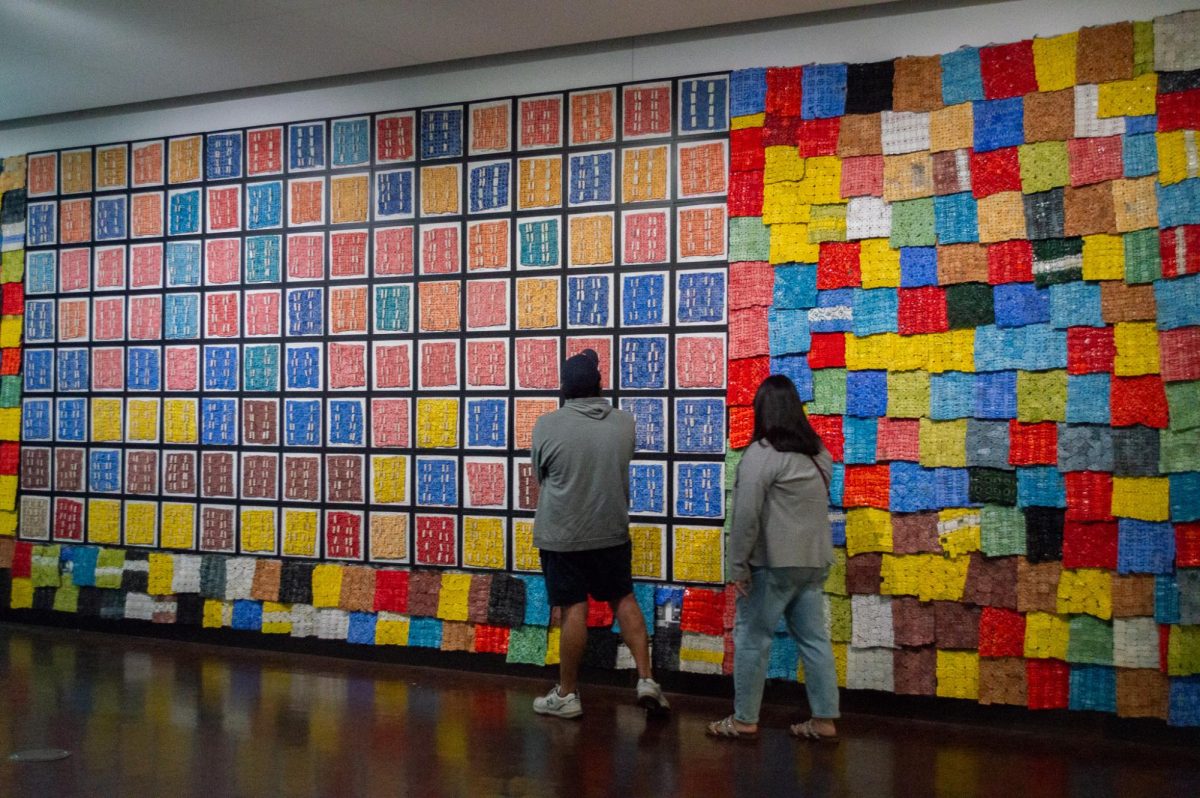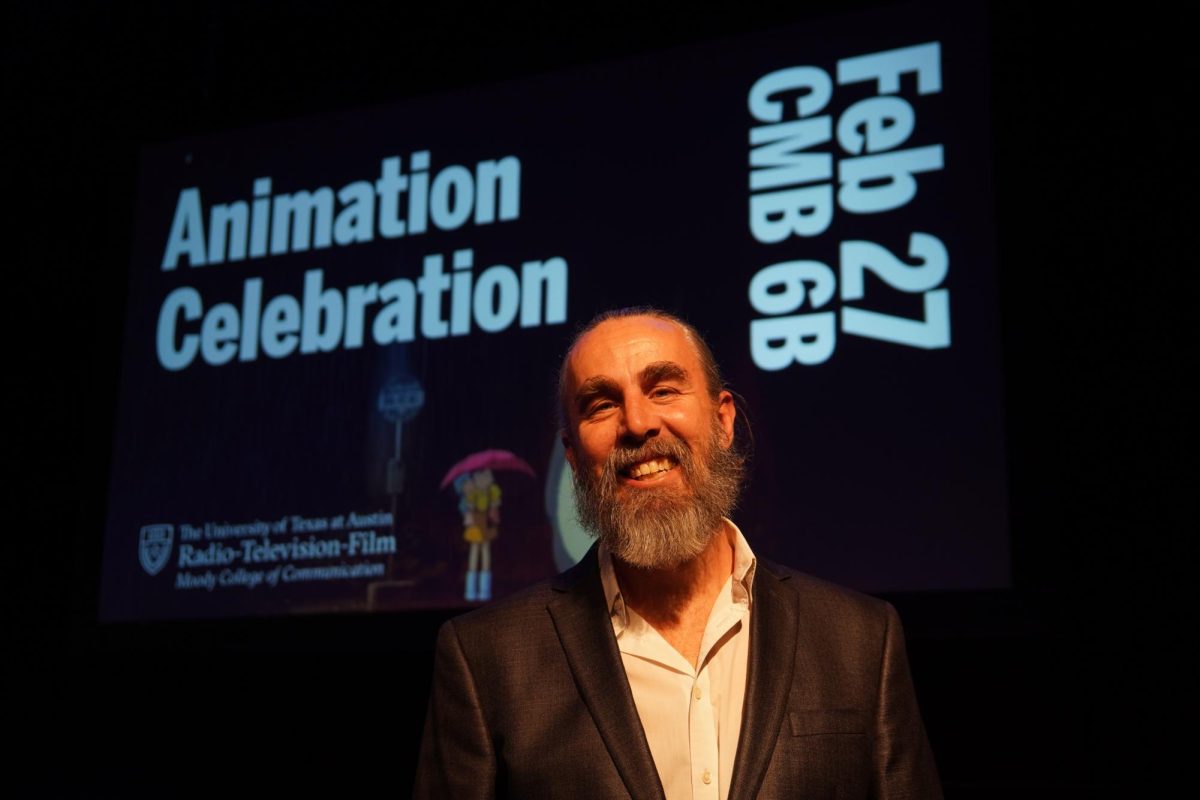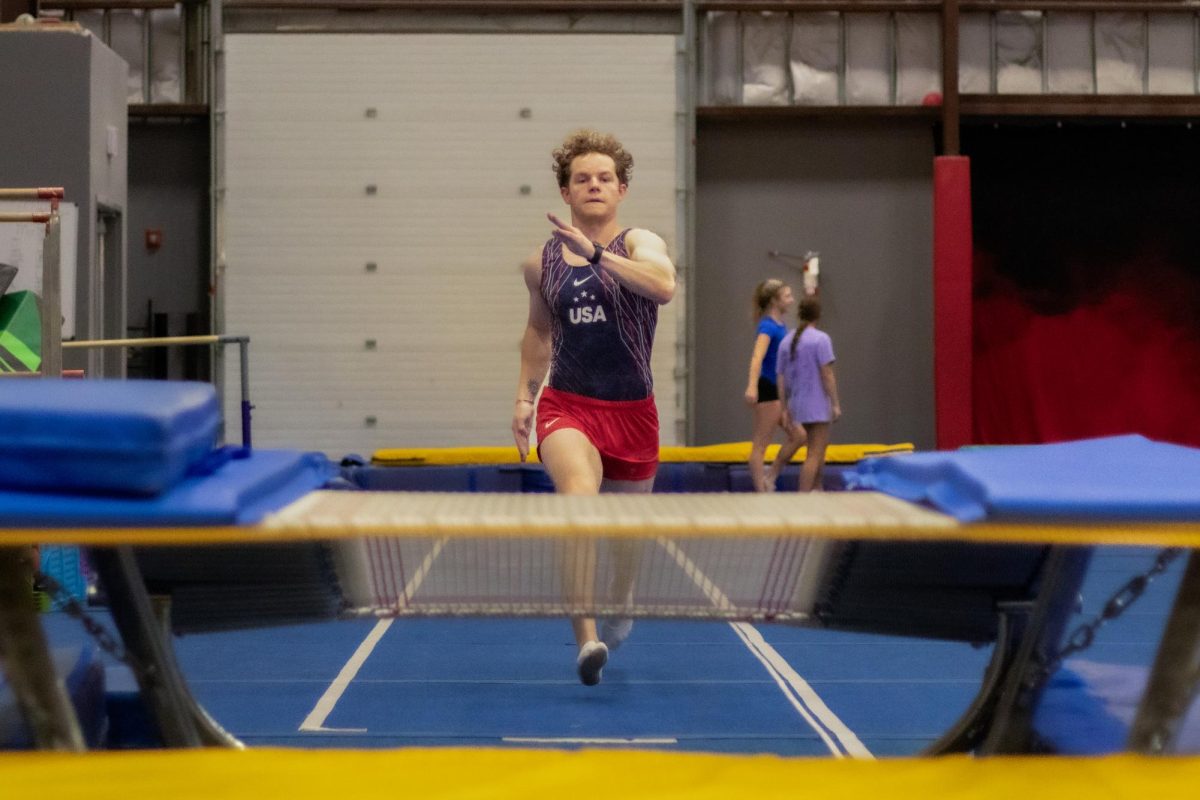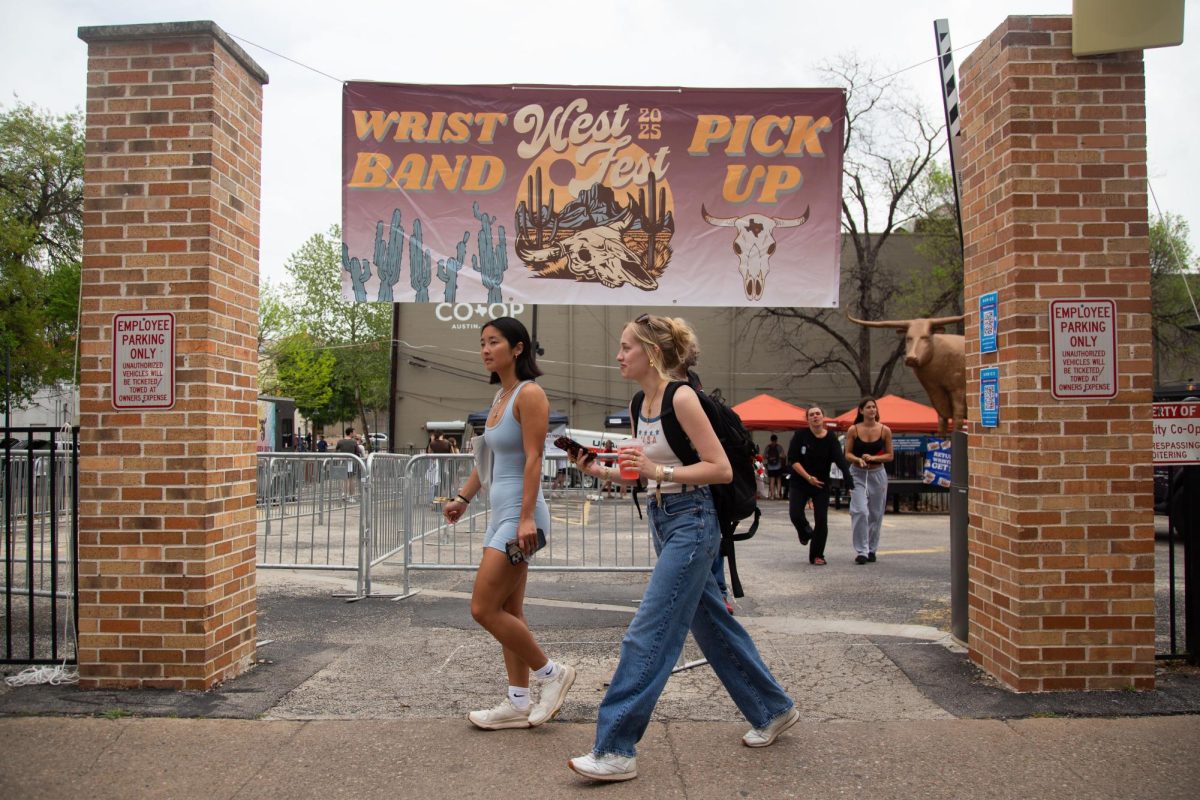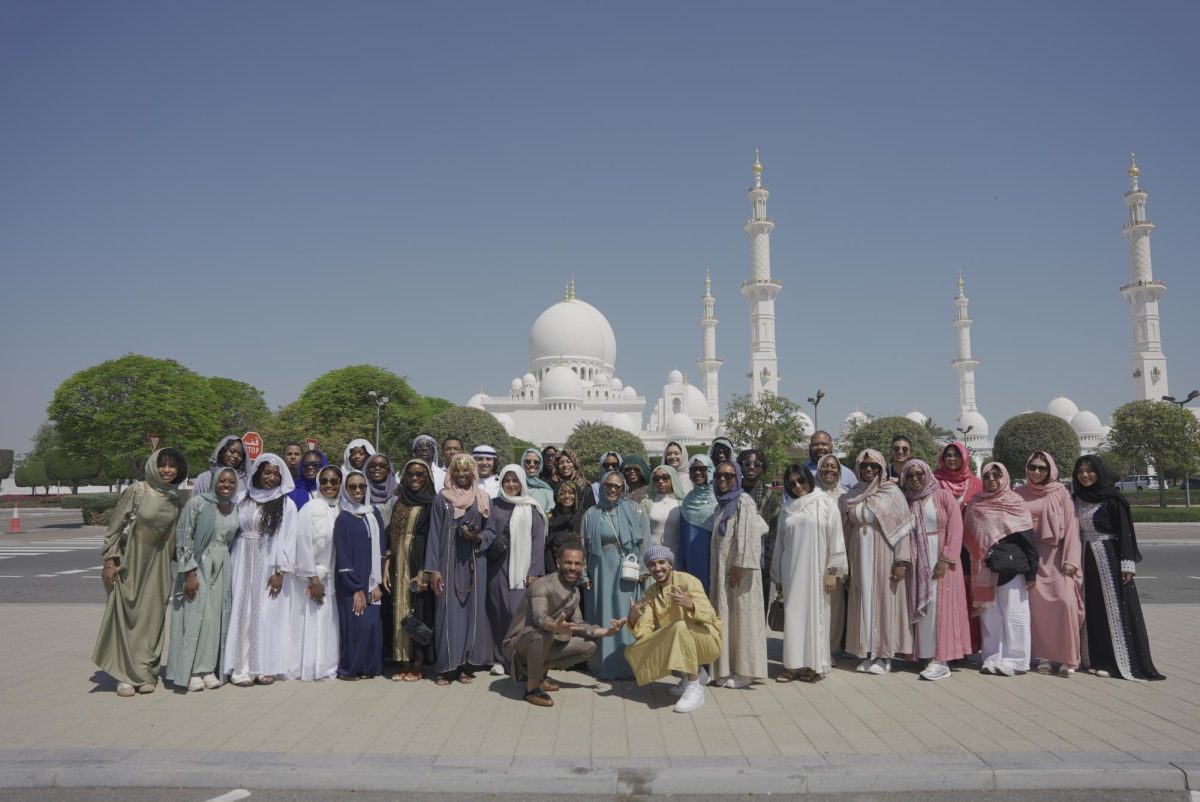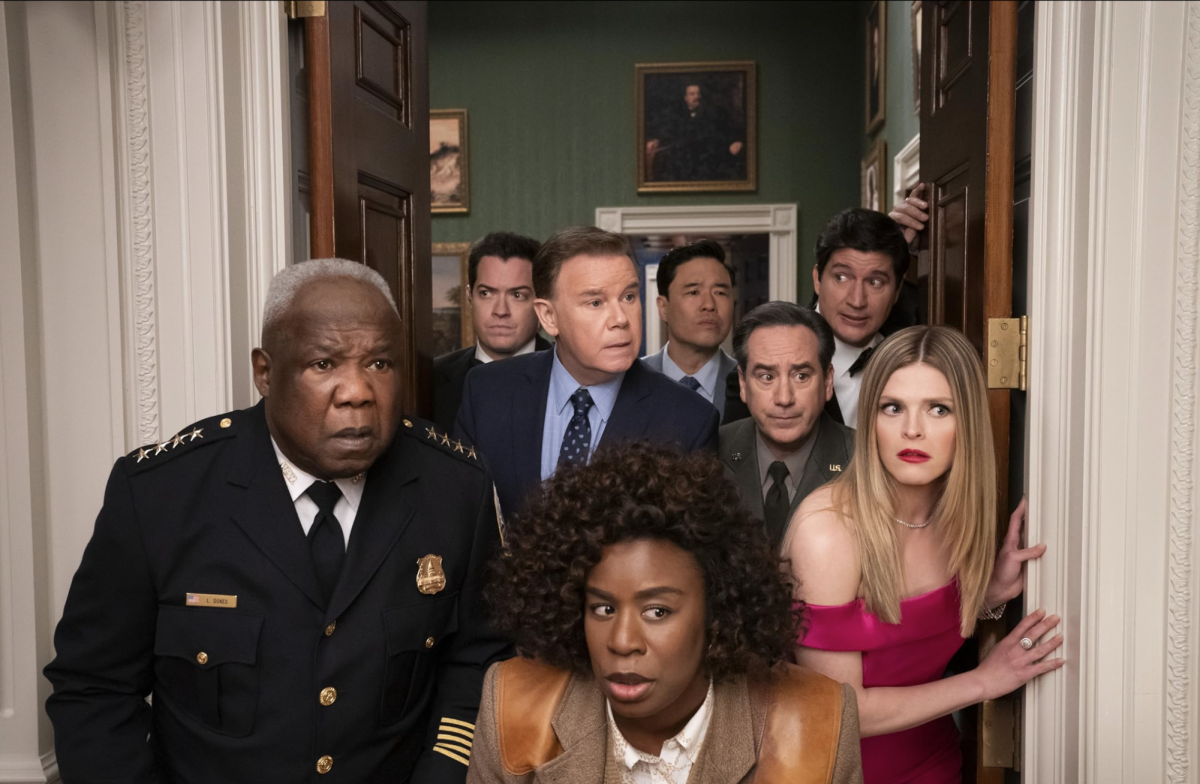Texas’ Blackland Prairies’ fertile soil allowed the building of homes, schools and churches which established the historically Black and brown communities of East Austin.
Featured in the Blackland Prairies exhibit at UT’s Visual Arts Center until March 8, East: Sun-Rise AR Intervention by Adrian Aguilera, plots geographical markers in East Austin with projections of archival photographs.
In collaboration with Augzoo, an augmented reality application founded by Michael Mendoza (journalism, ‘96 and MS, ‘22), the markers include information with the photos of the locations from the Austin History Center so users can immerse themselves in the area’s history. In the past, Mendoza has used his application to tell other Austin Black histories such as projecting Booker T. Washington speaking at the Texas Capitol Building and in Wooldridge Square.
“I don’t think these kinds of stories are necessarily being told as much anymore,” Mendoza said. “In fact, they’re being pushed out currently. Augzoo is a place where people can tell culturally relevant stories, and we hope it continues to be.”
Aguilera moved to Austin in the mid-2000s, during the city’s population boom. With this as inspiration, his work focuses on gentrification and displacement in Austin, he said. Visual Arts Center assistant curator Melissa Fandos said when she moved to Austin in 2022, the city’s gentrification shocked her — but she found solace in the presence of Black communities.
“We kept finding people who still live here, buildings that are still present … and histories that are still active,” Fandos said. “We wanted to highlight that.”
Fandos said she met Aguilera on the first day of her fellowship at UT while he was working at the Visual Arts Center. When the time came to put the Blackland Prairies exhibit together, she reached out to him to include one of his drawings, and then found out about his East: Sun-Rise project.
“(East: Sun-Rise was) exactly what we were thinking about: this (Black) presence and how to talk about history in the contemporary landscape of the city,” Fandos said.
Aguilera then updated the 2022 project and the curators worked with him to find a photo of a student in the art building to include a part of UT’s history.
“I’m familiar with all the locations, but I didn’t know half of these stories,” said Leroy Rosales, the East: Sun-Rise web developer. “It was interesting to see the history of these places that are everyday spots around town. You walk by, and you don’t think too deeply about what happened (there).”
Fandos said showcasing the project and allowing visitors to connect with histories beyond the exhibit was crucial. She said Aguilera described the archives to her as “ghostly monuments” to the history of these communities that are still active today.
“Today, East Austin is what it is because of these people and their stories,” Rosales said. “We forget that and take East Austin for granted.”

